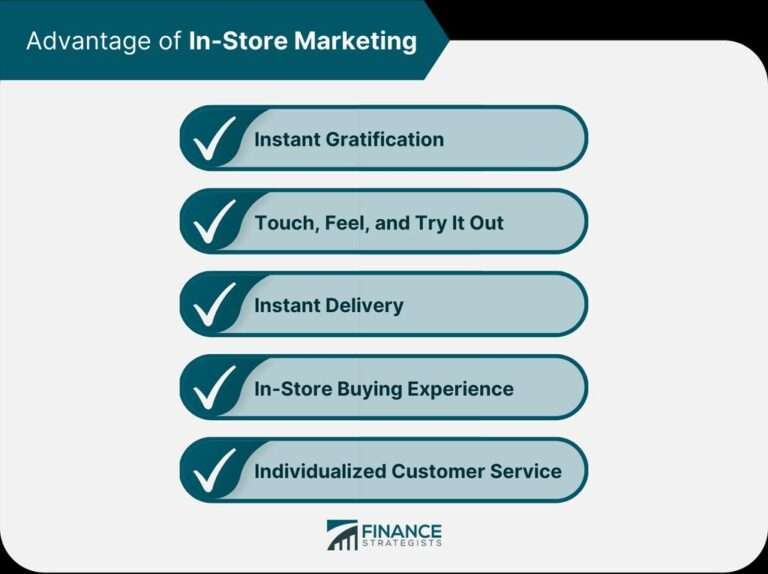What is a Content Audit?
Overview
What is a Content Audit?
A content audit is the process of evaluating and analyzing the existing content on a website or other digital platforms. It involves assessing the quality, relevance, and performance of the content to determine its effectiveness in achieving the desired goals. The audit helps identify gaps, redundancies, and opportunities for improvement in the content strategy. By conducting a content audit, organizations can gain insights into their content assets, make informed decisions about content creation and optimization, and ensure that their content aligns with their target audience’s needs and preferences. The audit process typically includes creating an inventory of all existing content, analyzing key metrics such as traffic and engagement, and identifying areas for content consolidation, repurposing, or removal.
Why is Content Audit Important?
A content audit is an essential process for any organization that wants to optimize its content and improve its overall digital presence. By conducting a content audit, businesses can gain valuable insights into the quality, relevance, and performance of their existing content. This helps them identify gaps, redundancies, and opportunities for improvement. Additionally, a content audit enables organizations to align their content with their business goals and target audience, ensuring that their messaging is consistent and effective. Ultimately, a well-executed content audit can lead to increased website traffic, higher engagement, and improved conversion rates.
Steps to Conduct a Content Audit
Once you have gathered all the necessary information, you can start the content audit process. This involves identifying key stakeholders and forming a content audit team. The team should consist of individuals from different departments, such as marketing, content creation, and web development. It is important to define the goals and objectives of the audit, which may include improving SEO, identifying content gaps, or optimizing user experience. Next, you need to inventory all the existing content on your website, including blog posts, landing pages, and product descriptions. This can be done by creating a spreadsheet or using a content management system. Finally, you should analyze the performance of each piece of content, looking at metrics such as page views, engagement, and conversion rates. By following these steps, you can gain valuable insights into your content and make informed decisions for your content strategy.
Content Strategy
Defining Content Strategy
A content strategy is a plan that outlines how an organization will use content to achieve its goals. It involves determining the target audience, identifying key messages, and selecting the most appropriate channels and formats for content delivery. A content strategy also includes guidelines for content creation, distribution, and governance. By defining a clear content strategy, organizations can ensure that their content is aligned with their overall objectives and effectively engages their audience.
Components of a Content Strategy
A content strategy consists of several key components that help guide the creation and management of content. These components include:
- Audience Analysis: Understanding the target audience and their needs is crucial in developing content that resonates with them.
- Content Goals: Clearly defining the objectives and goals of the content helps align it with the overall business strategy.
- Content Creation: Developing high-quality and engaging content that meets the needs of the audience.
- Content Distribution: Determining the channels and platforms to distribute the content to reach the target audience effectively.
- Content Governance: Establishing guidelines and processes for content creation, publication, and maintenance.
By considering these components, organizations can develop an effective content strategy that drives engagement, enhances brand visibility, and achieves business goals.
Creating an Effective Content Strategy
Once you have defined your content strategy, it’s time to focus on creating an effective plan. This involves identifying your target audience and their needs, conducting keyword research to optimize your content for search engines, and developing a content calendar to ensure consistent publishing. Additionally, you should consider incorporating visual elements such as images, videos, and infographics to enhance engagement. By following these steps, you can create a content strategy that effectively communicates your brand message and drives desired actions from your audience.
Content Audit Process
Setting Goals and Objectives
Once you have identified the purpose of your content audit, it is important to set clear goals and objectives. These goals will guide your audit process and help you determine what metrics to track and measure. Start by defining what you want to achieve with your content audit, whether it’s improving SEO rankings, increasing website traffic, or enhancing user engagement. Next, establish specific objectives that align with your goals, such as identifying outdated or low-performing content, optimizing high-performing content, or improving content organization. By setting clear goals and objectives, you can ensure that your content audit is focused and effective.
Inventorying Existing Content
Once you have defined your content strategy, the next step in the content audit process is to inventory your existing content. This involves creating a comprehensive list of all the content assets you currently have, including web pages, blog posts, articles, videos, and any other relevant materials. Organize this list into a table with columns for the content title, URL, type, and status. Additionally, you can include a column to indicate whether the content aligns with your defined content strategy. This inventory will help you gain a clear understanding of your current content landscape and identify gaps or areas for improvement. It serves as a valuable reference as you move forward with the content audit and strategy implementation.
Analyzing Content Performance
Once the inventory of existing content has been completed, the next step in the content audit process is to analyze the performance of the content. This involves evaluating key metrics such as page views, bounce rate, and time on page to assess how well the content is resonating with the target audience. High-performing content can be identified and used as a benchmark for future content creation, while underperforming content can be revised or removed. Additionally, analyzing content performance can provide insights into user behavior and preferences, allowing for the optimization of content strategy and delivery. This step is crucial in ensuring that the content being produced aligns with the goals and objectives set in the earlier stages of the content audit and strategy process.
Conclusion
Benefits of Content Audit and Strategy
A content audit and strategy can provide several benefits to businesses. Firstly, it helps in identifying and removing outdated or irrelevant content, ensuring that only high-quality and up-to-date content is available to the audience. This can improve the overall user experience and increase engagement. Secondly, a content audit and strategy enable businesses to align their content with their goals and objectives, ensuring that the content is in line with the brand’s messaging and values. Additionally, it helps in identifying content gaps and opportunities, allowing businesses to create new content that addresses the needs and interests of their target audience. By conducting a content audit and developing a content strategy, businesses can optimize their content efforts, enhance their online presence, and drive better results.
Key Takeaways
After conducting a content audit and developing a content strategy, there are several key takeaways to keep in mind:
Identify gaps and redundancies: A content audit helps identify gaps in your existing content and areas where content may be redundant. This allows you to streamline your content and ensure that it is delivering value to your audience.
Align content with goals: A content audit and strategy enable you to align your content with your business goals and objectives. By understanding what content is performing well and what is not, you can make informed decisions about the type of content you should create and promote.
Improve user experience: A content audit helps improve the overall user experience on your website or platform. By analyzing content performance and making necessary improvements, you can ensure that users can easily find the information they need and have a positive experience with your brand.
Continuously optimize: Content audit and strategy are not one-time activities. It is important to regularly review and update your content to ensure that it remains relevant and effective. By continuously optimizing your content, you can stay ahead of the competition and provide value to your audience.
Next Steps
After conducting a comprehensive content audit and developing an effective content strategy, the next steps involve implementing the recommended changes and improvements. This includes updating and optimizing existing content, creating new content based on identified gaps, and aligning the content strategy with the overall business goals. It is important to continuously monitor and evaluate the performance of the content to ensure its effectiveness. Regularly reviewing and updating the content strategy based on user feedback and analytics data will help maintain a successful content ecosystem. Additionally, staying up-to-date with industry trends and best practices will enable continuous improvement and innovation in content creation and distribution.








 العربية
العربية Čeština
Čeština Dansk
Dansk Nederlands
Nederlands English
English Suomi
Suomi Français
Français Deutsch
Deutsch Italiano
Italiano 日本語
日本語 한국어
한국어 Norsk bokmål
Norsk bokmål Polski
Polski Português
Português Русский
Русский Español
Español Svenska
Svenska